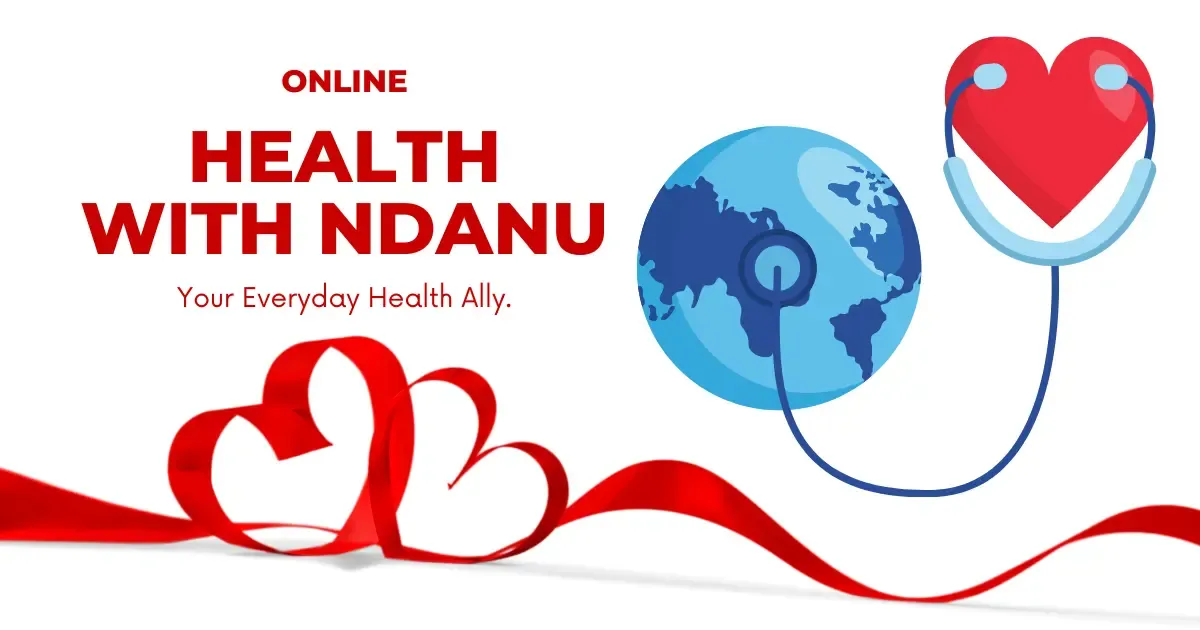Gender-Based Violence (GBV): Understanding, Prevention, and Support
No processed graphic yet.

No processed graphic yet.
Introduction
Gender-based violence (GBV) is a pervasive and harmful violation of human rights that affects millions of individuals globally. It is rooted in gender inequality and aims to exert power and control over others, often affecting women and girls disproportionately. This article will provide a comprehensive overview of GBV, its forms, causes, and effects, along with prevention strategies and the importance of support services for survivors.
What is Gender-Based Violence (GBV)?
Gender-based violence refers to harmful actions directed at an individual based on their gender. GBV can occur in any community, regardless of race, class, or culture, but women and girls are often the primary victims. It includes a range of violent behaviors that violate an individual's rights, safety, and dignity.
Forms of Gender-Based Violence
GBV can take many forms, including:
1. Physical Violence: Any act of violence that causes physical harm, such as hitting, slapping, or choking.
2. Sexual Violence: Includes rape, sexual assault, harassment, or any other form of unwanted sexual behavior.
3. Psychological or Emotional Violence: Acts of intimidation, threats, humiliation, or manipulation that cause mental harm.
4. Economic Violence: Controlling a person's financial resources to limit their independence or opportunities.
5. Cultural or Traditional Violence: Harmful practices such as female genital mutilation (FGM) or early and forced marriage.
The Causes of Gender-Based Violence
GBV is deeply rooted in gender inequality, social norms, and power imbalances. Some key causes of GBV include:
Cultural and Social Norms: In some cultures, violence against women is normalized, with harmful traditional practices excused as part of the culture.
Unequal Power Dynamics: Patriarchal societies where men are considered the dominant gender often perpetuate GBV.
Economic Dependency: Women who are economically dependent on their partners or families may be more vulnerable to violence.
Lack of Legal Protection: In many regions, laws to protect women and girls from violence are insufficient, poorly enforced, or absent.
Substance Abuse: Alcohol or drug abuse often exacerbates aggressive behavior, leading to an increased risk of violence.
The Impact of Gender-Based Violence
The impact of GBV is far-reaching, affecting not only the individual but also families, communities, and societies at large.
1. Physical and Mental Health Consequences
Survivors of GBV often suffer from physical injuries, chronic health problems, and mental health issues such as depression, anxiety, and post-traumatic stress disorder (PTSD). Women who have experienced sexual violence are also at a higher risk of contracting sexually transmitted infections (STIs), including HIV.
2. Economic Impact
The financial cost of GBV is significant, as survivors may need medical care, psychological support, and legal services. GBV also limits the economic potential of women and girls, affecting their education, career prospects, and overall independence.
3. Intergenerational Effects
Children who witness or experience GBV are at a higher risk of becoming victims or perpetrators of violence later in life. GBV perpetuates a cycle of violence across generations, further entrenching gender inequality.
Preventing Gender-Based Violence
Preventing GBV requires a multi-faceted approach that addresses its root causes and supports survivors.
1. Empowering Women and Girls
Empowering women and girls with education, skills, and economic opportunities helps reduce their vulnerability to violence. By promoting gender equality and challenging traditional gender roles, communities can reduce power imbalances and the risk of violence.
2. Raising Awareness
Raising awareness about the harmful effects of GBV and challenging societal norms that condone violence is essential. Public education campaigns can help inform both men and women about the consequences of GBV and the importance of respecting individual rights.
3. Strengthening Legal Frameworks
Countries must enact and enforce laws that protect women and girls from violence. These laws should include provisions for the prosecution of perpetrators, support for survivors, and the promotion of gender equality in all areas of society.
4. Engaging Men and Boys
It is essential to engage men and boys in the conversation about GBV. Encouraging positive male role models and addressing toxic masculinity can help reduce violence and promote respectful relationships.
5. Providing Support Services
Establishing accessible services for survivors of GBV, including medical care, psychological counseling, legal support, and safe shelters, is critical to helping them rebuild their lives.
Support for Survivors of Gender-Based Violence
Survivors of GBV need comprehensive support to heal and recover from their experiences. This support should be holistic and involve physical, emotional, and legal care.
1. Medical Support
Survivors of physical and sexual violence require immediate medical attention, including treatment for injuries, infections, and emergency contraception if necessary.
2. Psychological Support
GBV survivors often experience trauma that can last long after the physical injuries have healed. Psychological counseling and therapy are crucial for helping individuals overcome PTSD, depression, and anxiety.
3. Legal Support
Legal aid is vital for survivors seeking justice and protection. Women should have access to legal support that helps them navigate the judicial system, file reports, and secure restraining orders against perpetrators.
4. Shelters and Safe Spaces
In cases where survivors are in immediate danger, shelters and safe spaces provide a safe environment where they can heal, access services, and rebuild their lives.
Gender-Based Violence Advocacy and Global Efforts
Gender-based violence is a global issue that requires collective efforts from governments, civil society organizations, and international bodies. Various global campaigns, such as the 16 Days of Activism against Gender-Based Violence, raise awareness and advocate for the elimination of violence. Organizations like the United Nations and World Health Organization are working to implement policies that promote gender equality, prevent GBV, and support survivors.
Conclusion
Gender-based violence is a severe violation of human rights that needs to be addressed through collective efforts to eliminate its causes, provide support to survivors, and create a world where gender equality is the norm. Preventing GBV requires education, legal protection, and support systems for those affected. Everyone has a role to play in creating a safer and more equal world for women and girls.
Take Action Today: Educate yourself and others, support survivors, and advocate for policies and laws that promote gender equality and prevent gender-based violence.
Una uzoefu wako? Shiriki nasi
Popular Categories
Most Visited Blogs
Daily Newsletter
Get all the top stories from Blogs to keep track.



